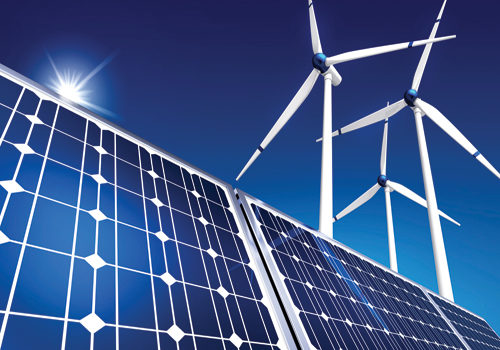The United States is forging ahead with the natural oil and gas boom that defines its energy policy, even as the significance of this boom flies under the radar. The average person has rarely heard about the explosive growth, except perhaps from stories about fracking controversies. But the global community has taken notice, with the official Chinese state news agency calling U.S. energy growth the most underreported story of 2013. Meanwhile, major alternative energy sources have been carving their own paths.
The most recent statistics show accelerated growth for solar energy. According to the Solar Energy Industries Association (SEIA), the United States installed 930 megawatts (MW) of photovoltaic power in Q3 2013. This beat Q2 2013 by 20% and Q3 2012 by a whopping 35%. It was the second most productive quarter for solar energy in U.S. history, and the most active quarter ever for residential solar installations.
The industry hails 2013 as a record-setting year, during which the United States pulled close to even with countries like Japan and Germany in solar power leadership. Meanwhile, the price per watt of solar energy installation fell to a new low in Q3 2013 of $3.00. The Ivanpah Solar Electric Generating System, currently under construction in the Mojave Desert, will eventually deliver 392 MW of energy to the grid, powering 140,000 homes. The total solar energy capacity was estimated to have risen a massive 27% between 2012 and 2013. “This unprecedented growth is helping to create thousands of American jobs, save money for U.S. consumers and reduce pollution nationwide,” said Rhone Resch, SEIA president and CEO.
On the wind energy front, things are more tenuous. Of the many things Congress neglected to tackle in 2013, one was an extension of the Wind Production Tax Credit (PTC), which expired on January 1, 2014. Newly constructed wind farms received $0.023 per kilowatt-hour produced under this program. The industry is debating just how much of an impact this lapse will cause, but many agree the program had been driving new investment.
A letter organized by the political action group Americans for Prosperity and signed by several interested parties was sent to Congress in November 2013, asking for them to let the PTC lapse. It read in part: “Americans deserve energy solutions that can make it on their own in the marketplace—not ones that need to be propped up by government indefinitely.” According to the American Wind Energy Association, more than 45,000 utility-scale wind turbines have been built in the United States, powering more than 15 million homes.
Published in WholeFoods Magazine, February 2014










